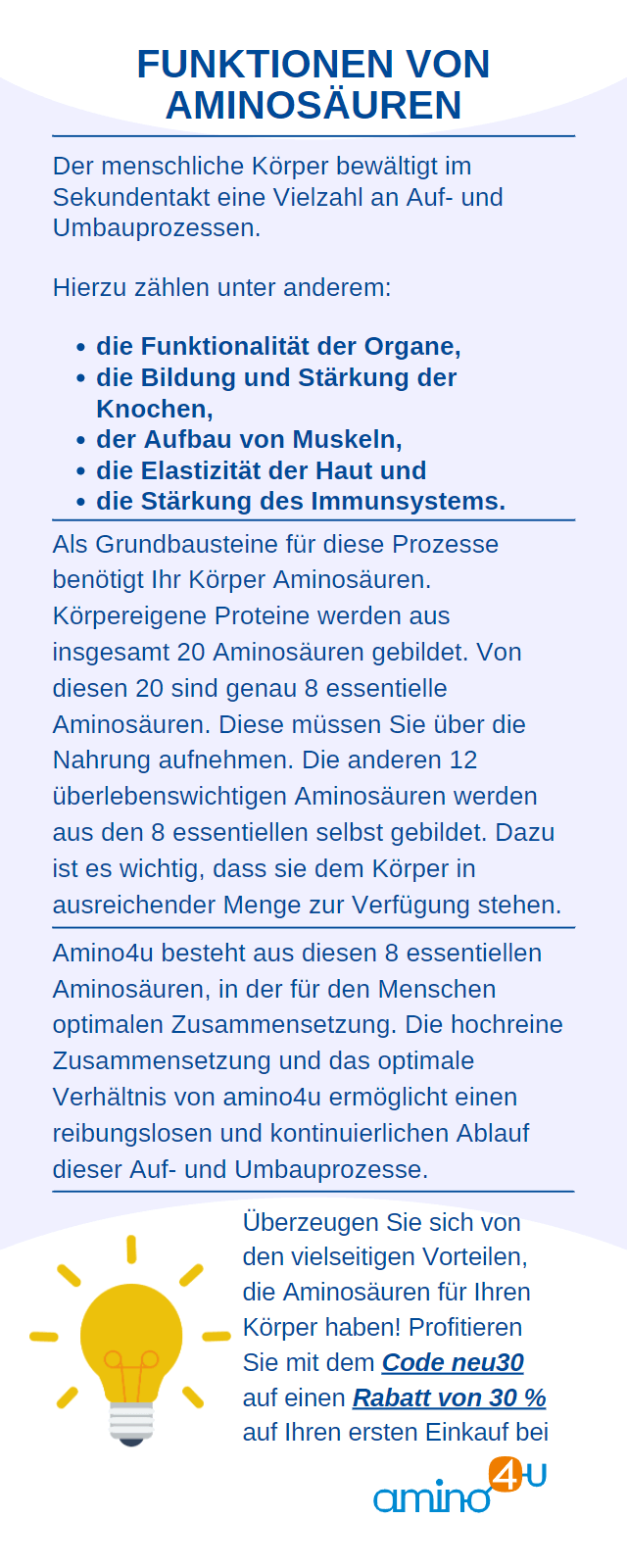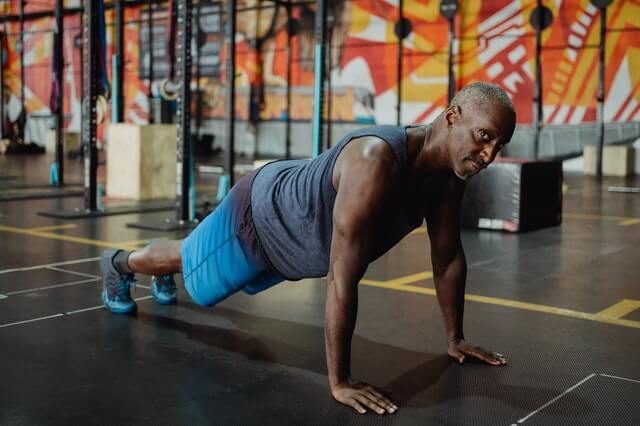Lose weight with strength training - how does it work? In the definition phase, the motto is: maintain muscle mass and burn fat. This is much easier said than done, because unfortunately you can't simply tell your body which substance you want less of and which more of.
But if you understand some important connections and body functions, it will help you to set the right impulses and get exactly the slim, toned body that you really want. You probably know it!
In the mass phase you have really gained muscle. You just can't see your successes yet. Everything is hidden under that annoying layer of fat. What you want now is to define your body and reduce fat in a targeted manner , but without losing your hard-earned muscle mass.
We have summarized for you the 5 best tips and the most common mistakes that you should definitely avoid.

Strength training to lose weight: the 5 best tips
Your muscles are the most effective way to burn fat. As your muscle mass increases, so does your energy consumption. It is therefore extremely important to maintain the muscle mass you have developed as well as possible during the definition phase .
If you reduce your calorie intake, your body not only breaks down unwanted fat, but also muscle tissue. There are several ways you can prevent this. One, for example, talks about proper nutrition.
1. Make sure you get enough protein in your diet!
The benefits of a protein-rich diet for rapid muscle building have long been known among strength athletes. According to an American study, protein not only promotes muscle building during the mass phase , but also maintains them during the diet. But how much protein is enough?
In the study, the researchers assumed a daily protein requirement of around 0.8 grams per kilogram of body weight . The German Nutrition Society (DGE) also recommends this amount for a normal lifestyle and moderate activity level.
For the experiment, the test subjects were divided into two groups. One group received 1.2 grams of protein per kilogram of body weight. The comparison group received twice the amount, 2.4 grams per day and body weight.
Both groups of participants reduced their calorie intake to the same extent. Both groups managed to maintain their muscle mass through increased protein intake .
However, the subjects who consumed 2.4 grams of protein per day also lost more effective fat mass than the rest of the participants. The body needs the amino acids contained in protein to regenerate and repair muscle cells .
There are 21 different types. Eight of these building blocks are called essential amino acids . This means that the human organism cannot produce them itself, but must consume them daily with food .
A muscle building preparation with a complete amino acid profile can also help to accelerate muscle building and prevent unwanted muscle loss.
This is also the result of several independent studies by medical schools at various American universities.
When should you eat protein?
Until now, it was assumed that the amino acids absorbed in the protein actually arrive in the body exactly where they are supposed to go. In order to build and maintain your muscle mass , it is important to take advantage of the so-called “ anabolic window ”. This refers to the period directly before and after training.
However, a recent study by the Society of Sports Nutrition has refuted this assumption. In one experiment, athletes in the first group of participants were given protein immediately before training . The other group had to wait two hours. In a direct comparison, no advantages of direct protein intake could be determined.
It is believed that it is the total intake over the day that counts, not necessarily the exact time. Since the human organism can only absorb around 0.4 to 0.5 grams of protein with each meal, it is advisable to spread the protein intake over several meals .
2. Use strength training to lose weight too!
In a calorie deficit, there is always the risk that muscle will be lost instead of the desired fat loss . By continuing to lift weights while dieting, you will prevent the loss of your hard-earned muscle mass.
If you don't continue to challenge them, your body will use your muscles for energy. Through strength training you signal to your body that you continue to need your muscles. True to the motto: “ Use it or lose it!” ”
When most people think of losing weight, they first think of long, intense workouts on a cardio machine. It's also true: the total calorie consumption is significantly higher during cardio training than during strength training . Nevertheless, experts recommend training your muscles to lose weight sustainably , rather than just endurance training. Why is that?
While you burn more calories during a cardio session, the afterburn effect is relatively low. (Afterburn effect = the additional calories that the body burns after the workout) The afterburn effect is significantly higher during muscle training .
So you're still burning calories with strength training while you're sitting relaxed at home on the couch. You can also shape and tone your body by lifting weights.
Music is extremely useful for effective training . Sports headphones are ideal as a companion for your training. Because music provides the necessary energy and at the same time the right motivation during sport .

3. Get your dream body with the right diet
It's not for nothing that every strength athlete knows the saying: " A six-pack is made in the kitchen!" ”
Nutrition plays an enormously important role in the definition phase. To gain mass , you have to pay far less attention to what you eat than when you cut.
But which diet should you stick to during your diet? Carbohydrate-reduced nutritional concepts such asrel=""low-carb or the even stricter ketogenic diet promise quick success and high fat loss .
Particularly with the ketogenic diet, the body is brought into a state of so-called ketosis, in which fat is specifically broken down. However, keto is often criticized because the rapid weight losses involve water rather than fat.
Researchers from India also found that a ketogenic diet does not achieve significantly greater weight loss over the same period of time compared to a diet consisting of mixed foods . Carbohydrates have an undeservedly bad reputation.
They offer an extremely effective source of energy, especially for strength and endurance athletes . Whole grain products in particular ensure consistently high energy levels and keep blood sugar levels stable . Without sufficient carbohydrate intake, a drop in energy and performance can occur during the definition phase.
The researchers in the Indian study recommend consuming no less than a daily amount of 1 gram per kilogram of body weight.
Avoid fat to burn fat?
It has long been assumed that rapid weight loss can be achieved by reducing fat in the diet. The market for light products was booming.
The danger with these foods, however, is that the reduced fat content is often compensated for by an increased sugar content. However, in some cases, high-fat foods can be replaced with lower-calorie alternatives.
So it's worth taking a close look at the nutritional information on the back. In addition, it always depends on the type and quality of the fats. You should definitely avoid saturated fatty acids such as those found in fast food and convenience products.
High-quality unsaturated fatty acids from linseed oil, olive oil, avocados or fish support the hormonal balance, help maintain muscle strength and provide valuable energy for training.
4. Make sure the deficit is not too large!
You trained hard and gained a lot of muscle mass in the bulking phase . But unfortunately also due to unwanted fat. Now it's time: Don't get impatient!
Because if you go into a calorie deficit that is too high and lose weight too quickly, you risk losing a lot of muscle along with the fat. The focus is on: maintaining muscle and losing fat . Radical diets are absolutely the wrong approach here.
If you reduce calories too drastically, your body will quickly slow down your metabolism. This will achieve exactly the opposite of what you want. Therefore, allow at least 8 - 12 weeks for the diet and start with a moderate deficit of around 15 - 20 percent of your daily calorie needs.
Also, save yourself long cardio sessions and make sure you signal to your body that you need all your muscle cells. You do this through regular intensive strength training sessions .
Even if your goal is no longer explicitly to build muscles , you should still challenge them and define them specifically. Cardio yes, but only 1 - 2 units per week. High-intensity interval training (HIIT) is even better.
This type of workout stimulates the metabolism, promotes fat burning and muscle retention , and increases calorie burning - even after the workout is long over. In addition to HIIT, you shouldn't neglect your normal strength training either.
You can primarily rely on exercises that train many muscle groups at the same time. Squats, deadlifts, pull-ups and push-ups will bring you closer to your goal of a perfectly defined body.

5. Drink enough fluids!
What role does your drinking behavior play when you want to define your muscles ? According to a study by the University of South Carolina, a very large one. During the diet you should completely avoid high-calorie drinks such as juices and alcohol .
The latter is doubly not recommended. Not only do alcoholic drinks tend to have an enormous amount of calories, alcohol also inhibits energy metabolism and fat burning . This means that while your body is busy breaking down alcohol, it does not burn any fat reserves.
In addition, alcoholic drinks bind water and cause water retention in the body. These can also arise from insufficient general fluid intake. To prevent this, you should drink at least 2 - 3 liters of fresh water or unsweetened tea every day.
This also has the advantage of preventing food cravings . Dehydration often feels confusingly similar to hunger for something sweet.
Water acts as a transport and solvent in the human body. It supplies your cells (including your muscle cells) with sufficient nutrients and vital substances at all times .
A high water intake throughout the day boosts your metabolism and helps flush out toxins and other harmful substances . Defined mountains of muscle and not a gram of fat on the body - that is the dream of every hobby athlete.
What it takes above all is patience and perseverance . We are sure you have what it takes! And if you follow our tips, you will also lose weight and build muscle . The most important thing is to stick with it!




